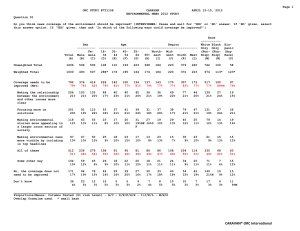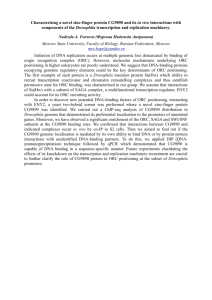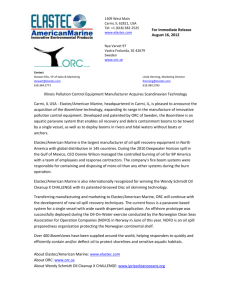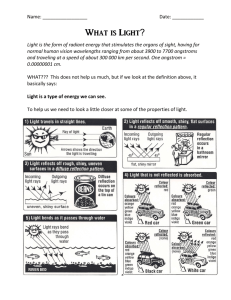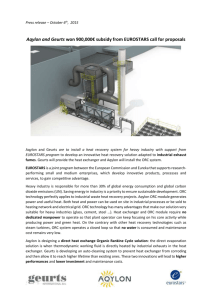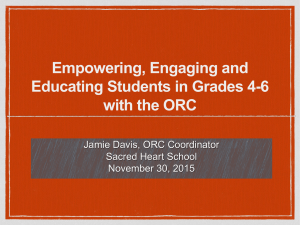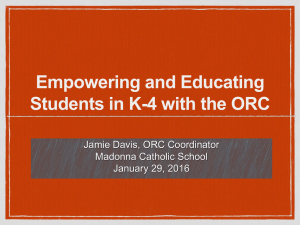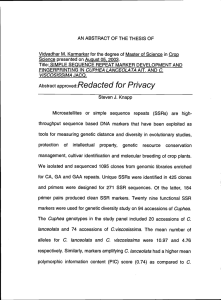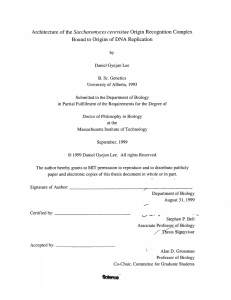Question 1: (15 pts)
advertisement
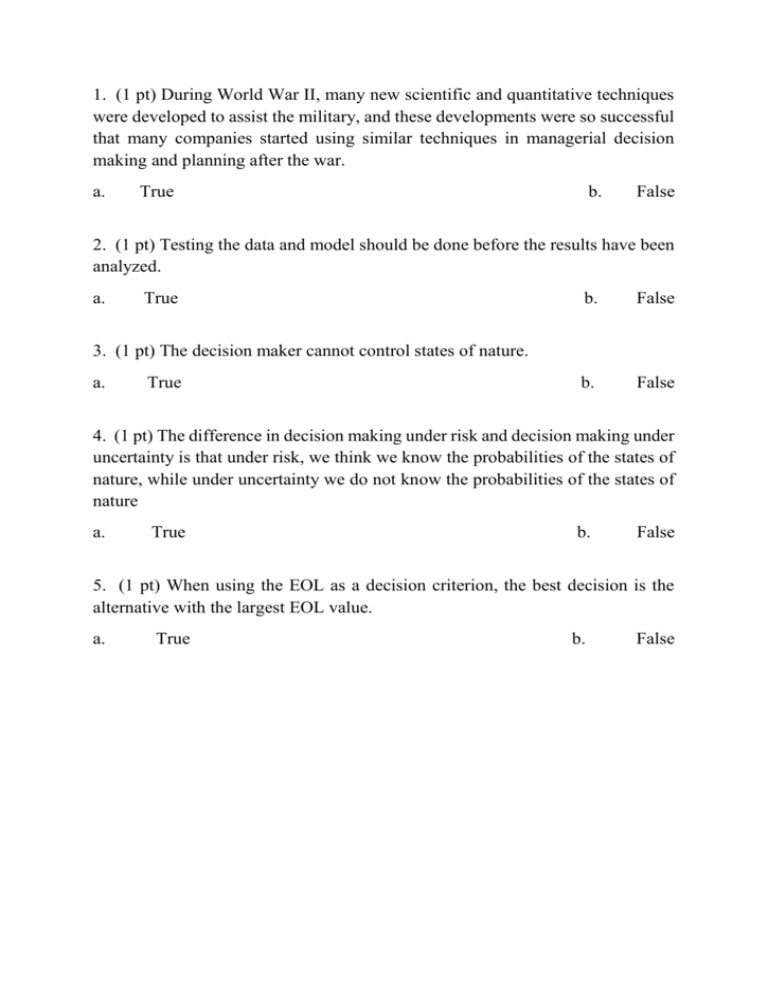
1. (1 pt) During World War II, many new scientific and quantitative techniques were developed to assist the military, and these developments were so successful that many companies started using similar techniques in managerial decision making and planning after the war. a. True b. False 2. (1 pt) Testing the data and model should be done before the results have been analyzed. a. True b. False b. False 3. (1 pt) The decision maker cannot control states of nature. a. True 4. (1 pt) The difference in decision making under risk and decision making under uncertainty is that under risk, we think we know the probabilities of the states of nature, while under uncertainty we do not know the probabilities of the states of nature a. True b. False 5. (1 pt) When using the EOL as a decision criterion, the best decision is the alternative with the largest EOL value. a. True b. False 6. (4 pt) The following is an opportunity-loss table. The probabilities for the states of nature A, B, and C are 0.3, 0.5, and 0.2, respectively. If a person were to use the expected opportunity loss criterion, what decision would be made? a. Alternative 1 b. Alternative 2 d. State of Nature B c. Alternative 3 e. State of Nature C 7. (1 pt) The three categories of forecasting models are time series, quantitative, and qualitative. a. True b. False 8. (1 pt) Mean absolute deviation (MAD) is simply the sum of forecast errors a. True b. False 9. (1 pt) When the smoothing constant α = 0, the exponential smoothing model is equivalent to the naïve forecasting model. a. True b. False 10. (1 pt) A seasonal index must be between -1 and +1. a. True b. False 11. (2 pt) Which of the following is not classified as a qualitative forecasting model? a. Delphi method b. Sales force composite d. exponential smoothing c. jury of executive opinion e. consumer market survey 12. (2 pt) Utility values typically range from a. 1 to 100 b. 1 to 10 c. 0 to 1 d. -1 to 1 e. None of the above 13. (3 pt) Given the following two-person game, which strategy can be eliminated by use of dominance? a. X2 b. Y1 c. Y2 d. X3 e. X1 PART II: WRITING: (80%) Question 1: (15 pts) In a fighting video game, there are two characters, Human and Orc. Human can use three types of weapons: Sword, Spear and Bow in the fighting match. Orc can use only two types of Sword and Spear. The amount of winning points of a character will be the amount of lost points of the other for each match. If both Human and Orc use Swords, Human will win 3 points. If Human uses Sword and Orc uses Spear, Orc will win 2 points. In case Human uses Spear and Orc uses Sword, Human can get 5 points in match. In case both use Spears, Human will lose 1 point. When Human uses Bow, it will get 4 points if Orc uses Spear and lose 2 points if Orc uses Sword. a) Develop the payoff table for this game? (6pts) b) What is the value of the game? Question 2: (20 pts) The numbers of deaths due to traffic accidents in a province are shown in following table: a) Forecast the number of death for quarter 1 of next year (year 4) by using Exponential smoothing with two smoothing constants of 0.20 and 0.40, assuming Y1 / Q1 forecast of 30 deaths. Which smoothing constant is better? b) Determine the seasonal index for each quarter by using centered moving average (CMA) approach. Question 3: (30 pts) Wal-Mart Corp. intends to set up a chain of retailers in Vietnam . Before starting the business in Vietnam, they recognized that Coop-Mart will be the biggest competitor. And they consider two options: establish a huge retailer system all over Vietnam from Northern to Southern (Large system) or build some middle-size supermarkets in two biggest cities Hanoi and Ho Chi Minh City (Small System). If the competition from Coop is strong, they think that they can earn only $20 million dollars for a small system but lose $50 million dollars for large system. In case the competition is weak, they will get $500 million dollars for the large system and $200 million dollars for a small one. Actually, they can give up Vietnam, do nothing and earn nothing. In the beginning, they believe the probability of strong competition is only 40%. a) Develop the payoff table for Wal-Mart. Determine the best alternative based on EMV comparison. b) Wal-Mart is willing to pay $20 million dollars to get complete information about the competitive ability of Coop-Mart. They have known that if the ability of Coop is really strong, their report will indicate correctly (strong competition) with probability of 80%. Otherwise, in case Coop is not strong enough, the report will show the correct result (weak competition) with the probability of 90%. - Draw the decision tree for Wal-Mart. (Compute the revised probabilities needed to complete the decision, and place these values in the decision tree) - What should they do? - Determine the maximum of cost they are willing to pay for this information.
